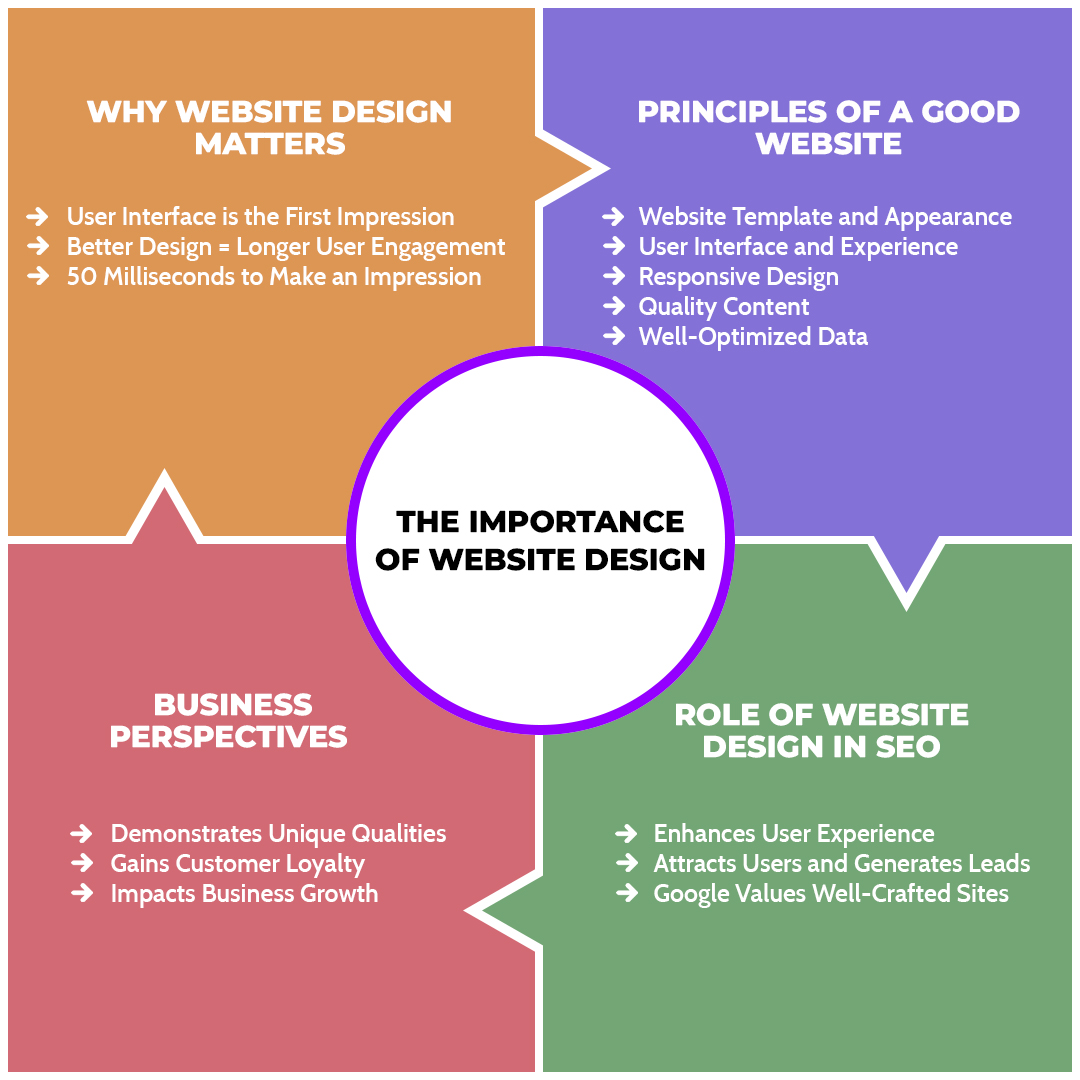The Art of Web Designing: Where Creativity Meets Code
Introduction
Ever visited a website and exclaimed, "Wow, this is stunning!"? That's the wizardry of web design. It's not simply pixels and code—it's an art that combines creativity with usability. Whether you're creating a blog or starting a business, web design is your online greeting. It speaks for you before anyone has read a word.
What Exactly is Web Designing?
Web designing is actually the act of designing the visible appearance and style of a site. It is comprised of layouts, color palette, typography, images, buttons, and navigation flow. Yet good design does not only limit to what appears on the surface—it also is concerned with the way it behaves. A great-looking site but difficult to navigate? That is like having a fancy car that has no motor.
Why Web Design Matters
- First Impressions Count: Visitors judge your site in just 50 milliseconds.
- Boosts Credibility: A professional design builds trust with users.
- Improves SEO & Conversion: Clean design and smooth navigation help your site rank better and guide users to take action.
The Web Designer’s Toolbox
You don’t need to be a programming genius to start. Here's what you’ll typically work with:
- Design Tools: Figma, Canva, Adobe XD
- Code Languages: HTML, CSS, JavaScript
- Website Builders: WordPress, Wix, Webflow
- Frameworks & Libraries: Bootstrap, Tailwind CSS, React (for a more sophisticated design-dev merge)
Good Web Design Key Principles
- Simplicity Wins
Don't clutter your pages. Let your content breathe with white space.
- Consistency is Key
Make sure your fonts, colors, and layout elements are consistent throughout the site.
- Mobile-Friendly Always
Over 60% of users are on mobile—design for them first.
- Fast Loading = Happy Users
Squish images, use clean code, and don't use resource-heavy plugins.
- Accessibility for All
Use legible fonts, alt descriptions for images, and color schemes that respect visual impairment.
Design Trends to Follow in 2025
- 3D and Immersive Experiences
- AI-Powered Personalization
- Strong Typography & Custom Fonts
- Interactive Micro-Content (hover effects, chatbots)
- Sustainability in Design (green web practices)
How to Begin Learning Web Design
- Discover the Fundamentals: Learn HTML & CSS with free tools such as W3Schools or FreeCodeCamp.
- Design First, Code Second: Sketch wireframes prior to laying fingers on your keyboard.
- Clone Sites to Practice: Experiment with copying trendy sites to see layouts.
- Develop Actual Projects: Begin with an individual portfolio or tiny client website.
- Inspiration: Keep following designers on Dribbble, Behance, and Instagram.
Conclusion: Design is for Everybody
Web design isn't for tech people or artists, though—it's for anyone with something to say. You won't have to know it all on day one. Begin slowly. Ask questions. Make stuff that makes people pause and think, "Hey, that's neat."
Because at its core, web design is about humans—connecting, communicating, and building experiences that count.






Comments
Post a Comment